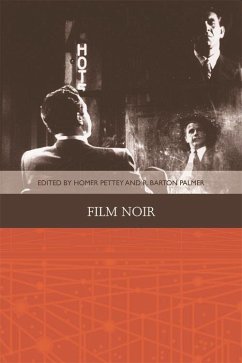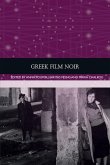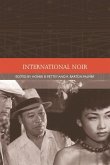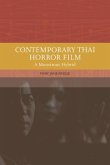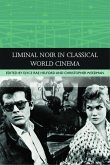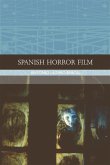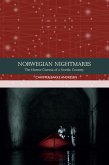Traditions in American Cinema Series Editors: Linda Badley and R. Barton Palmer This series explores a wide range of traditions in American cinema which are in need of introduction, investigation or critical reassessment. It emphasises the multiplicity rather than the supposed homogeneity of studio-era and independent filmmaking, making a case that the American cinema is more diverse than some accounts might suggest. FILM NOIR 'This volume of essays which views film noir as both a global cinematic aesthetic and social/political expression will be invaluable for those new to film noir as well as to established scholars within the field. Comprehensive and helpful guides to viewing and reading round off what is a highly readable collection.' Deborah Cartmell, Professor in English, De Montfort University, Leicester Explores the development of film noir as a cultural and artistic phenomenon This book traces the development of what we know as film noir from the proto-noir elements of Feuillade's silent French crime series and German Expressionism to the genre's mid-twentieth-century popularisation and influence on contemporary global media. By employing experimental lighting effects, oblique camera angles, distorted compositions and shifting points-of-view, film noir's style both creates and comments upon a morally adumbrated world, where the alienating effects of the uncanny, the fetishistic and the surreal dominate. What drew original audiences to film noir is an immediate recognition of this modern social and psychological reality. Much of the appeal of film noir concerns its commentary on social anxieties, its cynical view of political and capitalist corruption, and its all-too-brutal depictions of American modernity. This book examines the changing, often volatile shifts in representations of masculinity and femininity, as well as the genre's complex relationship with Afro-American culture, observable through noir's musical and sonic experiments. Concluding with extensive bibliographies, filmographies, recommended noir film viewing and a reflective chapter by Alain Silver and James Ursini on their own influential studies and collections on film noir criticism, this book offers students and scholars of Film Studies a scholarly, cultural and aesthetic history of the genre. Homer B. Pettey is Associate Professor of literature and film at the University of Arizona. R. Barton Palmer is the Calhoun Lemon Professor of Literature at Clemson University.
Hinweis: Dieser Artikel kann nur an eine deutsche Lieferadresse ausgeliefert werden.
Hinweis: Dieser Artikel kann nur an eine deutsche Lieferadresse ausgeliefert werden.

